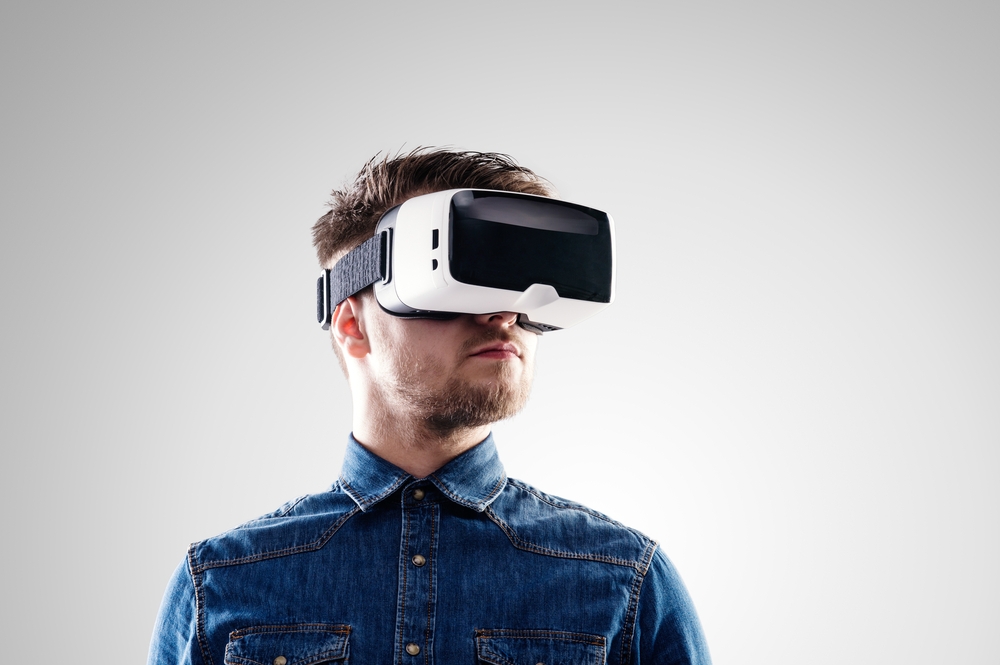Virtual Reality Program May Provide Effective Relief From Pain for SCD Patients, Study Suggests

A virtual reality program designed to provide a distraction from pain may be an effective complementary therapy for children who are hospitalized for a sickle cell crisis, a study shows.
The study, “Virtual reality as complementary pain therapy in hospitalized patients with sickle cell disease,” was published in the journal Pediatric Blood & Cancer
Sickle cell disease (SCD) patients often experience sudden episodes of intense pain called vaso-occlusive crises. Pain management in SCD is heavily dependent on opioid use, which, in addition to other side effects, can significantly lower a patient’s quality of life.
There is an unmet need for new complementary therapies in SCD to improve pain management. Virtual reality (VR) has proven useful in burn victims to distract from their injuries. Here, the authors tested its use as an additional therapy to alleviate pain through distraction in SCD patients.
A total of 30 SCD patients (21 female), at a median age of 16, hospitalized at UCSF Benioff Children’s Hospital Oakland for treatment of a vaso-occlusive event (VOE), were enrolled in this study.
The study used a VR setup of an underwater world called Aqua based on prior feedback from the children. KindVR developed this VR software specifically for pediatric patient use, enabling an immersive environment based on age-appropriate nonfrightening content.
The software was created to minimize sudden rapid movements to alleviate motion sickness and nausea and allow for relaxation. Using the Oculus Rift VR headset, the participants could explore the Aqua virtual world in 3D, where they could hunt for treasure and interact with underwater animals.
For this study, the patients were offered a brief 15-minute VR session to evaluate its safety and acceptability in providing pain relief. Patients filled out a short survey before and after the session that helped researchers assess the usefulness of the complementary therapy.
The validated adolescent pediatric pain tool (APPT), a self-reporting tool for pain assessment where a higher score indicates more pain, was used in this study.
The median pain intensity score before the start of the VR session was 7.3. Researchers found that, after a 15-minute VR session, the reported median pain intensity score significantly decreased to 5.8.
Moreover, before they started the session, the patients reported that three body areas hurt. After the session, it was lowered to two.
Pain was significantly relieved by VR session distraction, shown by a decrease in median percentage of all pain quality measures in all domains (sensory, affective, evaluative, and temporal) from 20.1% before the therapy to 12.7% post-session.
No side effects were reported, and all patients requested a second VR session. Since each session lasted for 15 minutes, it was feasible for the hospital staff to administer the therapy without interfering with the main course of treatment.
“In addition to standard therapies, VR may help reduce the pain experience with SCD VOE. Further study is required to determine the impact of VR therapy on opioid usage and length of stay in the hospital,” the researchers said.






